Legends of Runeterra’s second set, Call of the Mountain, is releasing its first of three expansions today. With this release, 89 new cards, including seven new champions, are ready to be collected.
Four of these champions are from the newest region, Targon. They all support multiple playstyles, from aggression to control and combo. But while they all have varying and exciting abilities, the viability of each of them is important to judge.
Here are the seven best champions from Legends of Runeterra’s Call of the Mountain.
7) Taric
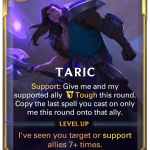
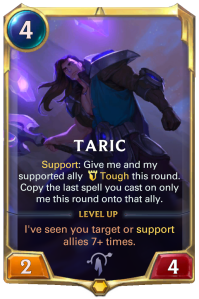
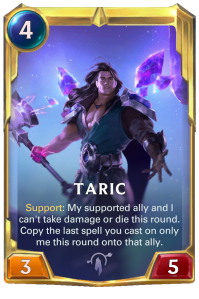
While the entire Support archetype looks promising on paper, the strength of the Support followers are powerful despite the champions that come with it. While Taric has a ton of combo potential with his ability to duplicate spells, he doesn’t have a reliable set up if you’re playing on curve. If you spend mana on impactful minions, you have less mana to spend on meaningful spells, and vice versa.
Even though Taric has nifty synergy with the Gem package, it’s still not enough of an impact to put pressure onto an opponent. When compared to Lulu and the others on this list, Taric has a much more difficult time on paper leveling up. This is because he needs to be on the board to see allies Supported or targeted with spells. If Taric dies before leveling up, that requires another set of investments when you draw your second Taric.
In addition, while immunity to damage and death are nice for the round, it’s not too much better than the durability that Tough already brings, especially when compared to the amount of work needed to level up Taric in the first place.
6) Lulu
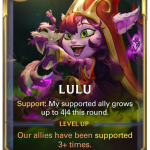
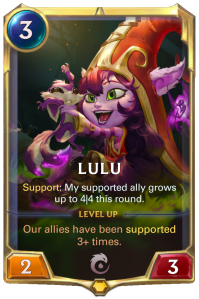
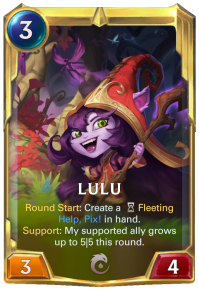
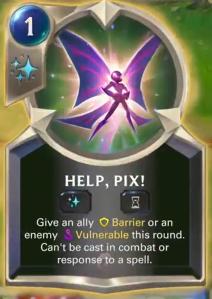
Lulu’s ability to pressure opponents if they fail to clear your minions makes up for her meager stats for her cost. Lulu’s Support abilities make your weak units into threatening 4/4s that can beat down most early boards. Players who are looking to run a Lulu deck need a ton of Support cards to force her level up as soon as possible, though. There’s a vast difference in power level between a level two and level one Lulu.
Once Lulu levels up, your opponent is under a constant threat of having a difficult time of aggressing onto you and clearing your board if they fail to open attack every turn. This is due to the help that Pix can bring with her spell. Each turn, you can either bolster your units with Barrier or ping off weaker enemies with Vulnerable.
But since Lulu is fairly weak herself, it may be difficult to level her up or play her onto a board that’s also developing and stronger than her.
5) Nocturne
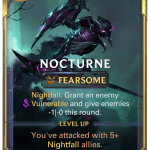
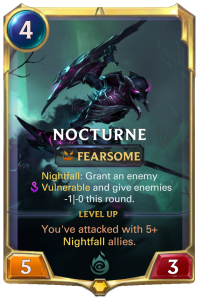
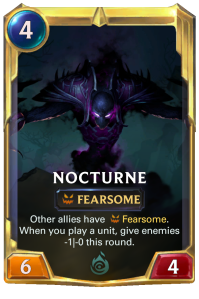
Nocturne is a part of the cycle of Nightfall cards that encourages slinging multiple cards in a turn to gain their maximum potential. While the initial Nightfall cards may not be the strongest, there’s a lot of aggression that can be drawn from them and slotted into multiple decks. Nocturne, as an aggressive or midrange card, can grant your units the ability to get over opponents by weakening them and setting up favorable trades or sneak past opponents with Fearsome.
While the viability of leveling up Nocturne relies on the effectiveness of the Nightfall cards as a whole, a leveled up Nocturne has an easy time setting up lethal boards due to his gained abilities. With the power to reduce the attack of enemies and give your other allies Fearsome, opponents must be quick to remove your boards. Otherwise, they’ll face the threat of being unable to defend themselves.
4) Diana
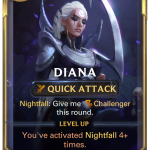
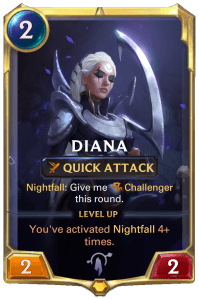
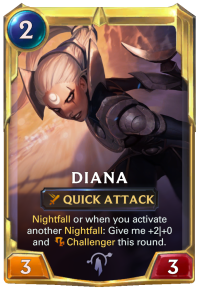
As a slight inverse of Nocturne, Diana is a little more reliable on her own early on. While her stats aren’t the best later, especially outside of Nightfall or her level two form, she can contest early boards fairly easily when attacking due to her Quick Attack. When combined with Challenger, she can often go two for one on her own.
While a leveled up Diana doesn’t have the same lethal presenting opportunities on her own that a leveled up Nocturne does, Diana will always be able to assassinate most enemy units effortlessly. When the two Nightfall forces level up and combine, it’ll be easy to chain multiple cards and evade opponents’ threats.
3) Aurelion Sol
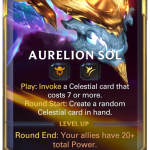
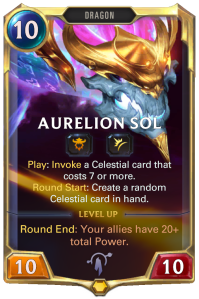
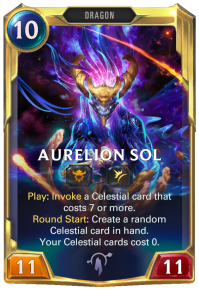
While a large 10-mana effectively do-nothing creature the turn you play him may not look ideal in any meta that’s slightly fast, Aurelion Sol can be the most daunting value engine in the entire game with proper stalling. Ignoring the safety that his Spellshield brings him, Aurelion Sol will be able to Invoke and randomly generate the power of Celestial cards, granting you access to multiple other finishers or powerful answers.
While Aurelion Sol doesn’t have the game-ending power on his own that Overwhelm or Fearsome could bring, the Starforger can create game-ending opportunities with other Celestial cards, especially when leveled up. While leveling up Aurelion Sol is a tremendous task, even though he naturally has half the power required to get there, it’s not an ultimate goal that needs to be achieved to use his power.
2) Trundle
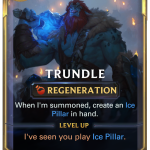
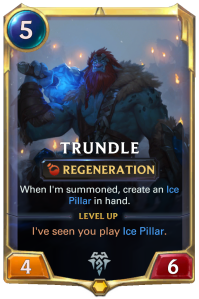
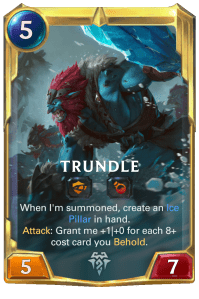
Freljord as a region is one of the best at midrange and minion combat in the entire game. Trundle exemplifies this idea by being a tough wall to overcome due to his natural stats and Regeneration to keep him ready for every bit of combat. Once Trundle summons his Ice Pillar, most combat-based decks will come to a forcible halt trying to deal with it.
Another benefit to Trundle is that he helps your other Freljord based Behold cards since he gives you an extra guaranteed access to an over eight-cost card to hold in hand once he’s summoned.
Following the Ice Pillar summon, a leveled up Trundle will become a threat that constantly stacks due to his Overwhelm and power gain. Combined with the constant Vulnerable granting from the Pillar, Trundle will be able to smash through any threat and heal to fight another day.
1) Leona
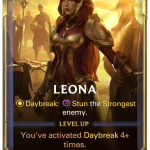
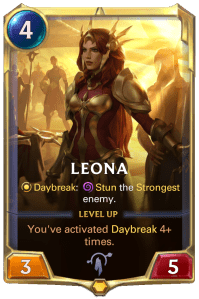
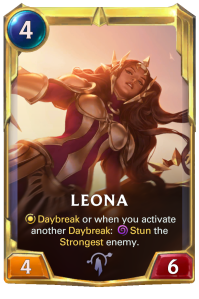
The Daybreak cycle is one to fear since it can slot into multiple aggressive strategies. Demacian midrange appreciates multiple aggressive options that can gain free bonus stats in the early game, Yasuo decks enjoy Leona’s free stuns that she can bring to the table, and slower decks love the resilient units that can stall until the late game. Leona wraps all of these identities together to represent the idea of Daybreak well: Get on the board fast and in your opponent’s face.
With already respectable stats for her cost, Leona can often ward off any unit the turn you play her, ignoring the Stun she brings for anyone that can take her down. Due to the way Leona’s level up nature works, and the amount of Daybreak cards that can be put into your deck, it’s entirely plausible to have Leona level up the turn you play her. Once she levels up, and with Rahvun, Daylight’s Spear, Leona can seal games when it’s your turn to attack.
Get these champions and incorporate them into your strategies when Call of the Mountain’s first expansion is released today, Aug. 26.



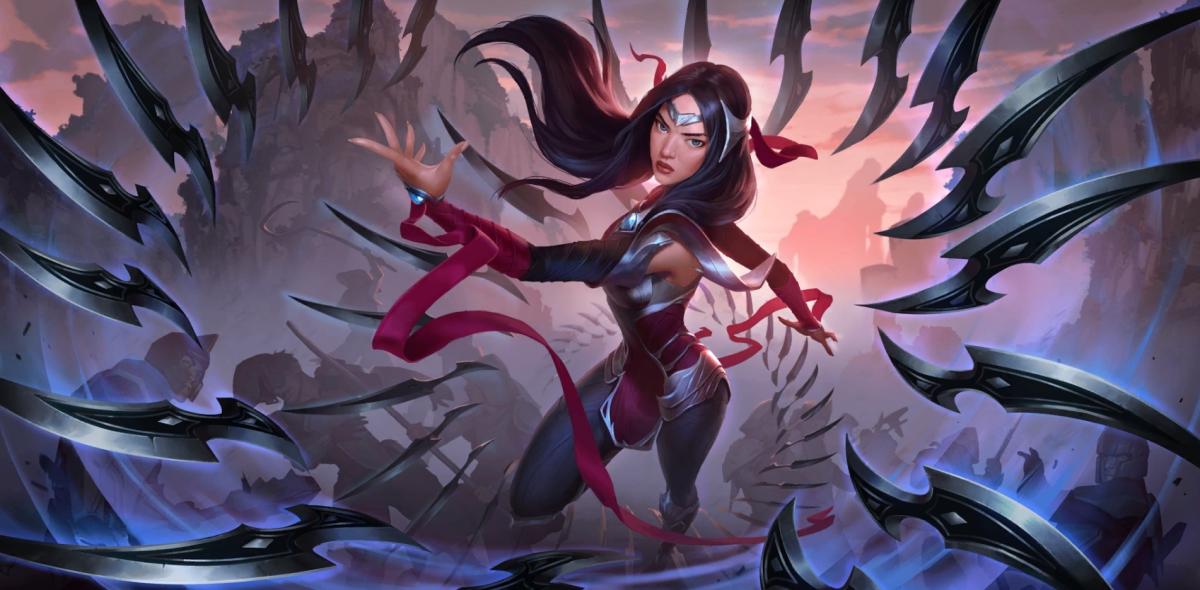
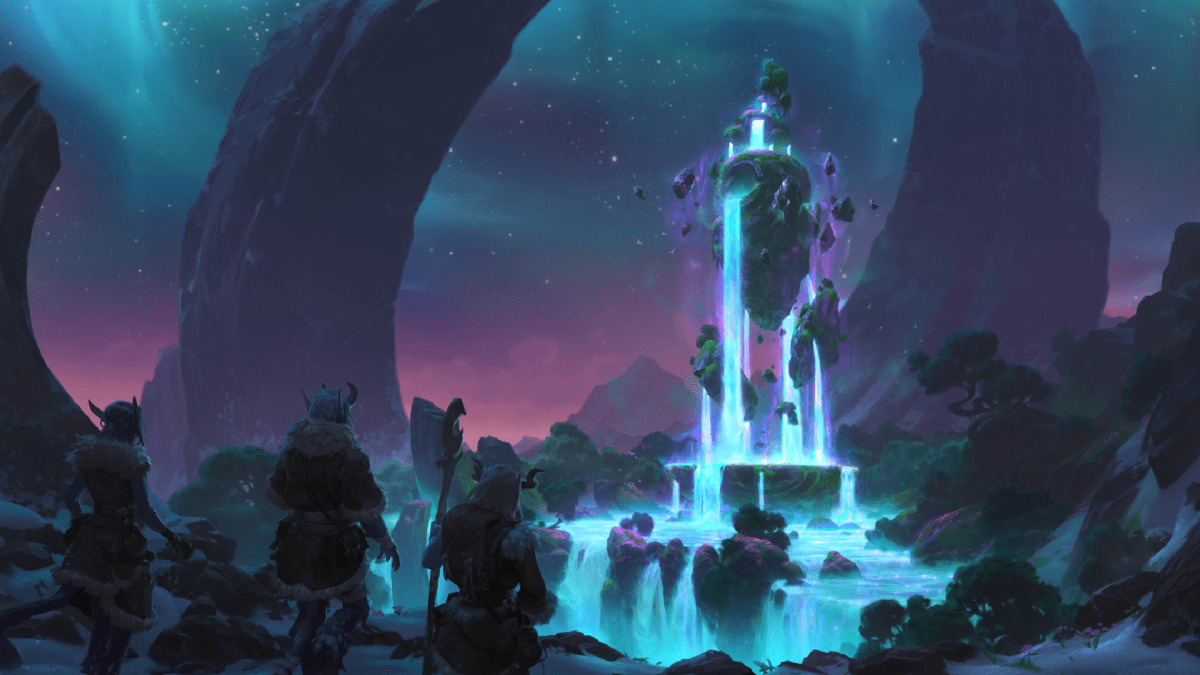
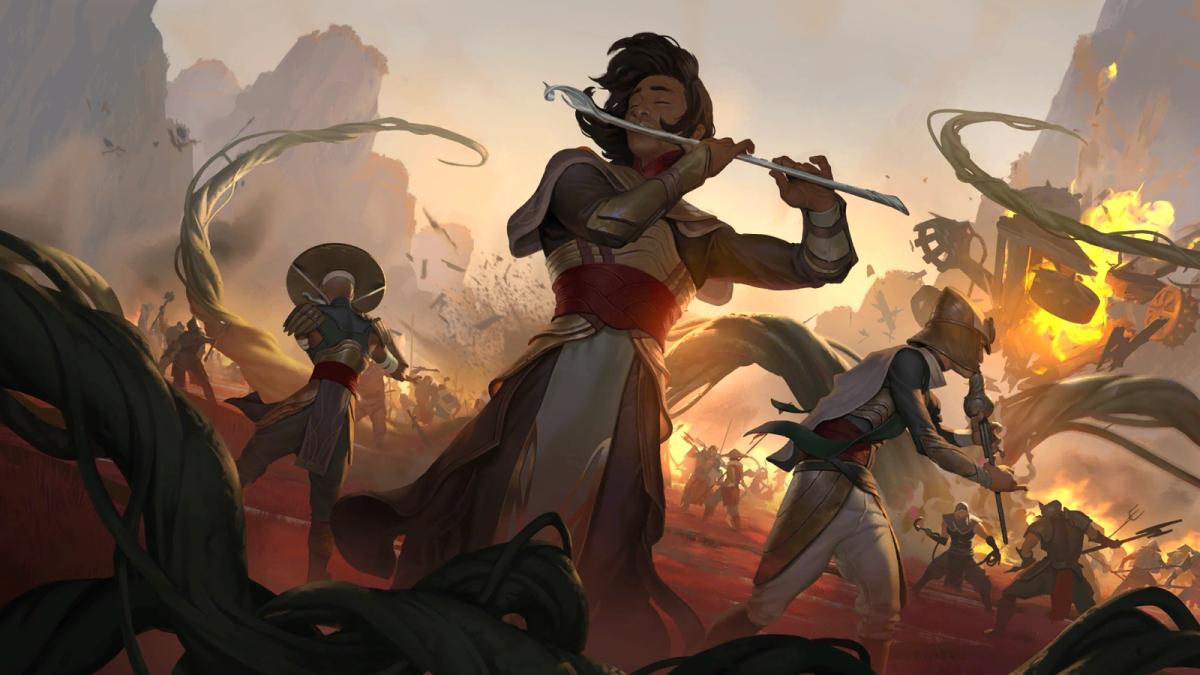
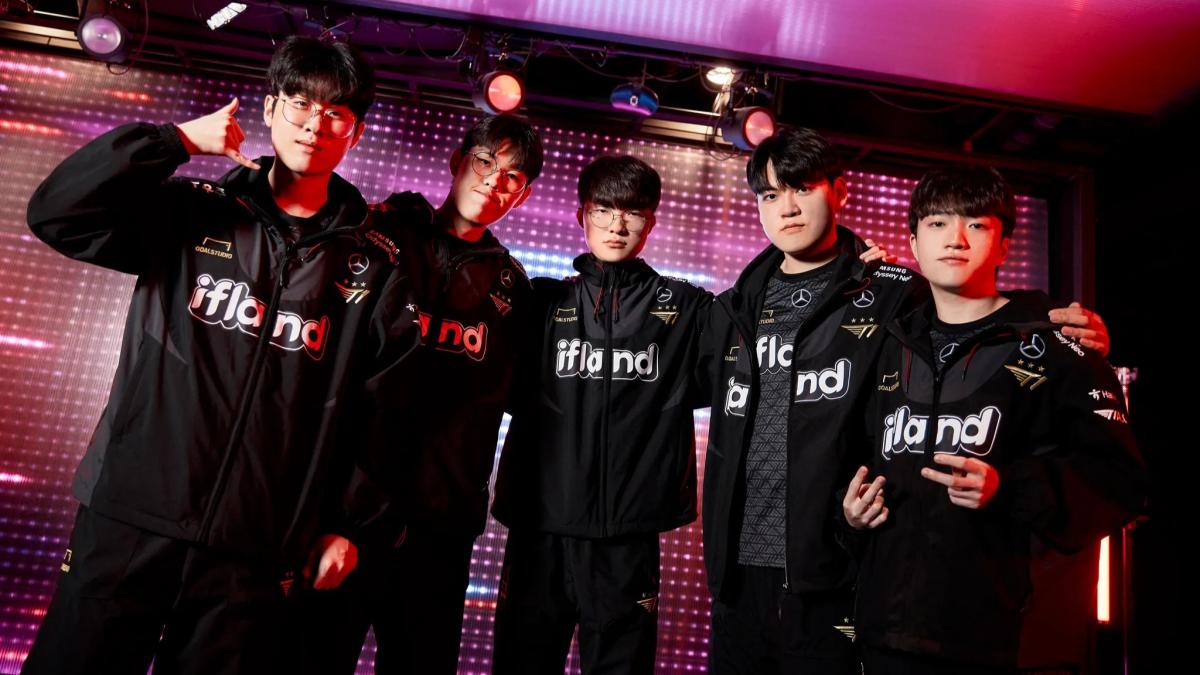

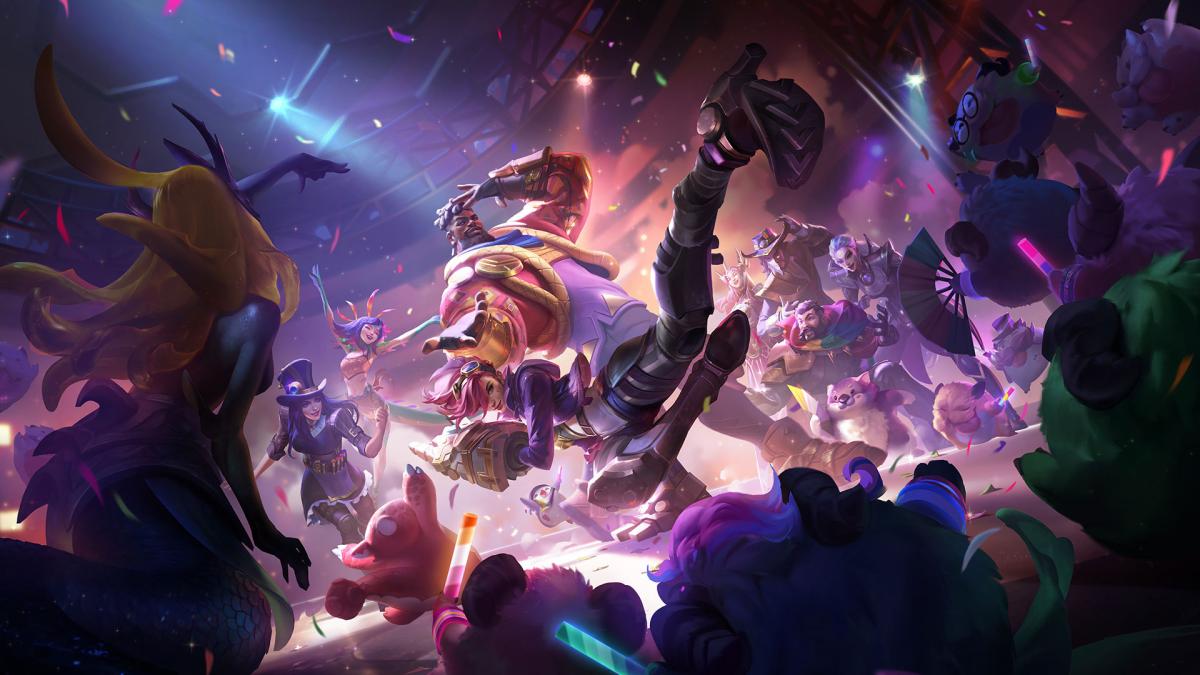
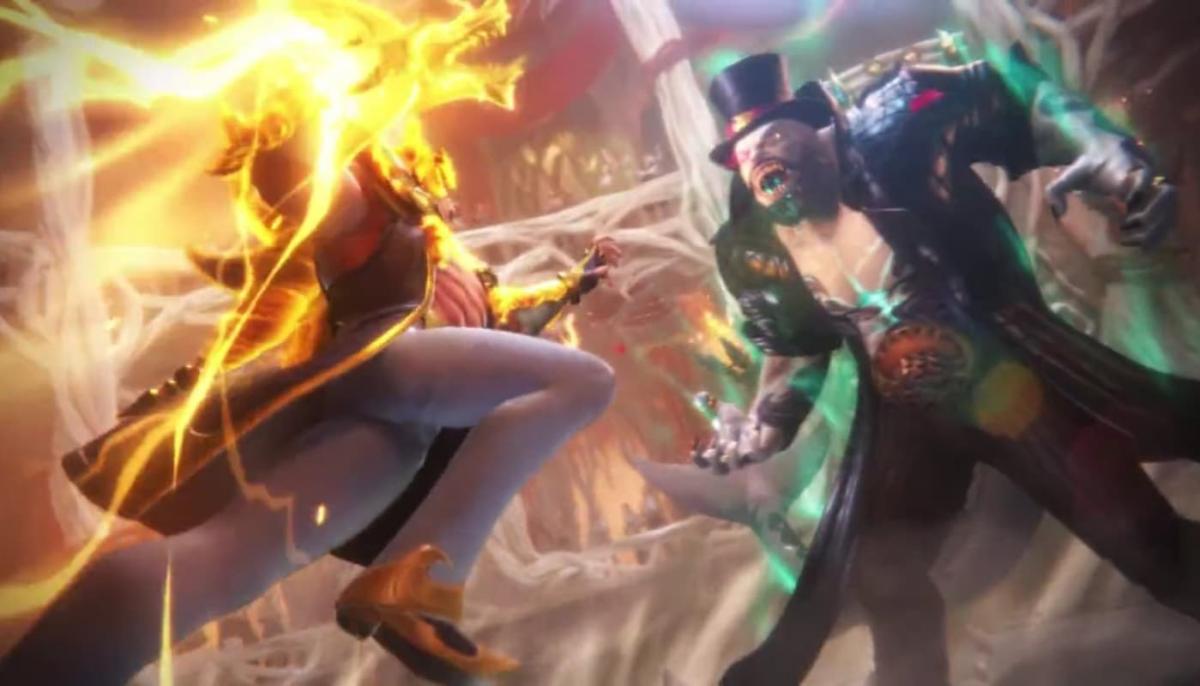
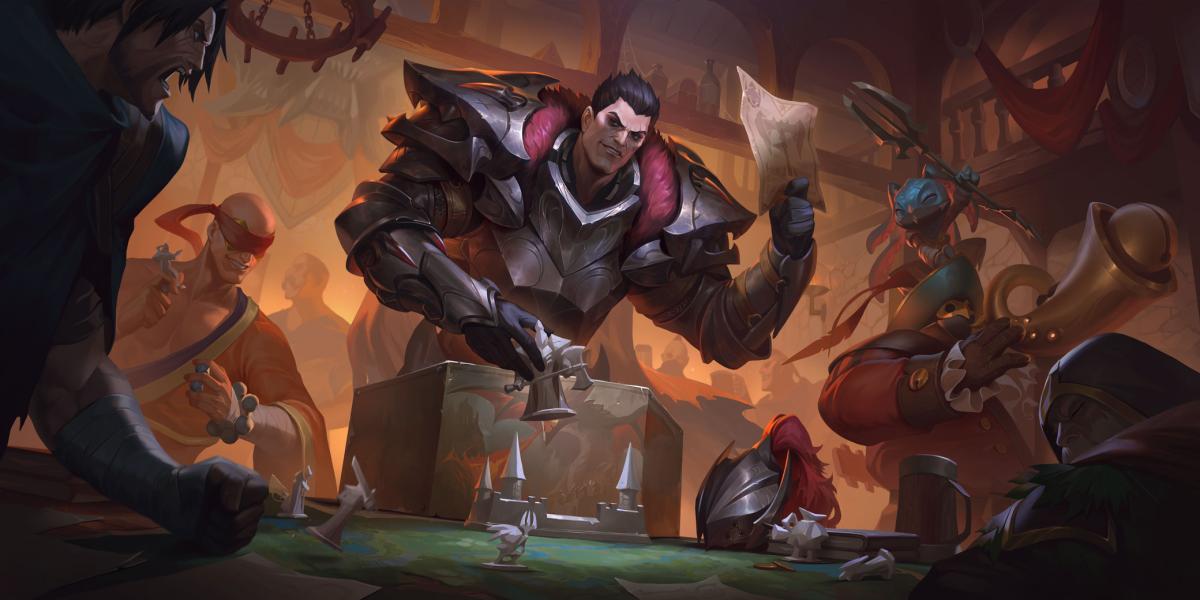


Published: Aug 26, 2020 12:18 pm